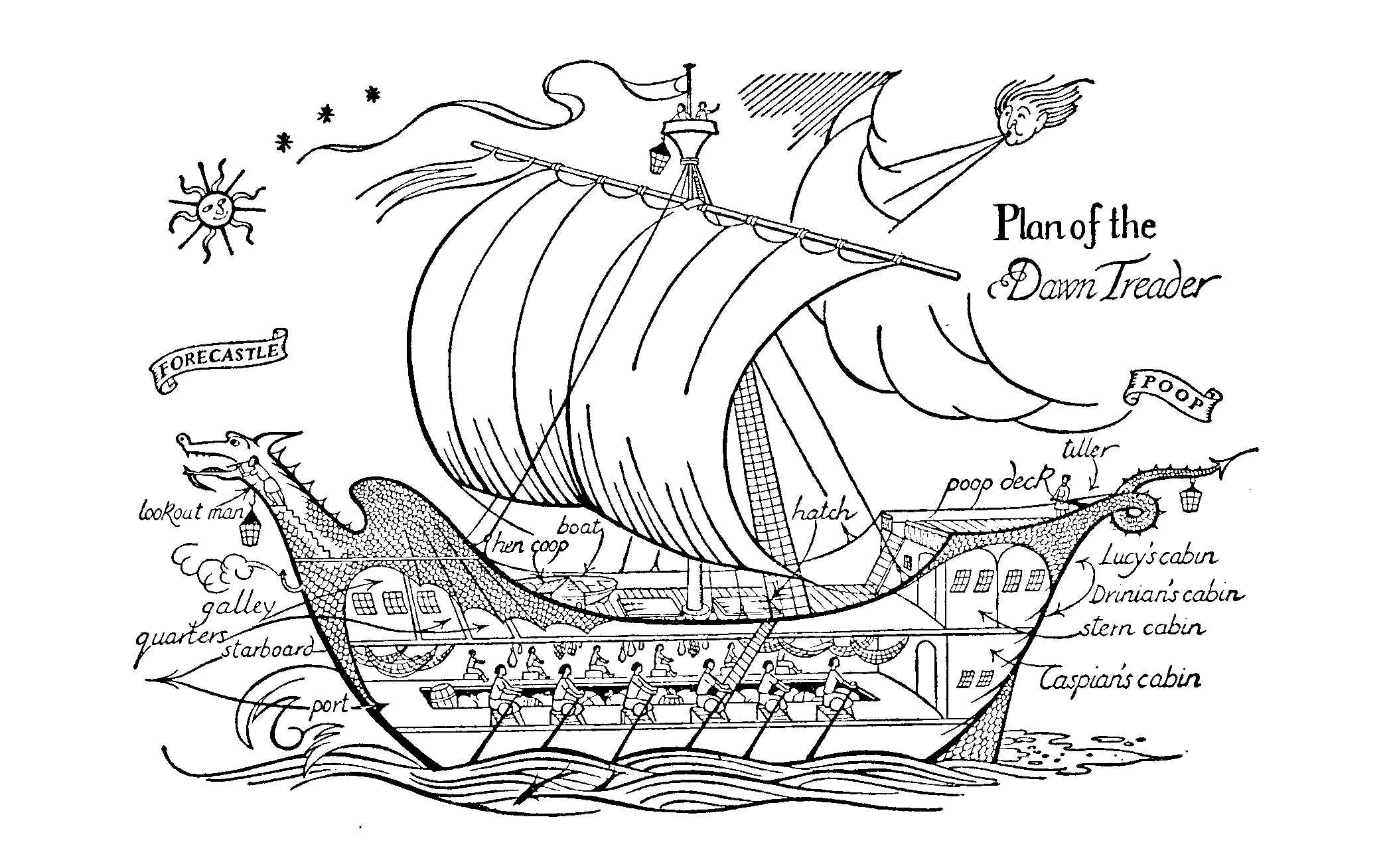The Lion, the Witch, and ... the Sea Jotun's Ship.
Not that many elements of The Chronicles of Narnia aren't already from Norse Lore, given CS Lewis' Anglo-Saxon heritage and his mutual workshopping by co-Inkling writers' group peer JRR Tolkien whose own series draws its scope from love of that same Lore. So on top of that, note the visual origin of the Dawn Treader:
The Dawn Treader being The Elliði aside, it's not like Eustace getting all treasure happy over a golden armring that turns him into a dragon isn't also actually from the dwarf Fáfnir turing into a dragon to guard his treasure from the 13th-century Volsunga Saga, or Smaug being cut from that same cloth.
Yes, it always goes back to Norse Mythology, and that's the NorsePlay of it.
Guillermo Maytorena IV knew there was something special in the Norse Lore when he picked up a copy of the d'Aulaires' Norse Gods and Giants at age seven. Since then he's been fascinated by the truthful potency of Norse Mythology, passionately read & studied, embraced Ásatrú, launched the Map of Midgard project, and spearheaded the neologism/brand NorsePlay. If you have employment/opportunities in investigative mythology, field research, or product development to offer, do contact him.




Comments
Post a Comment